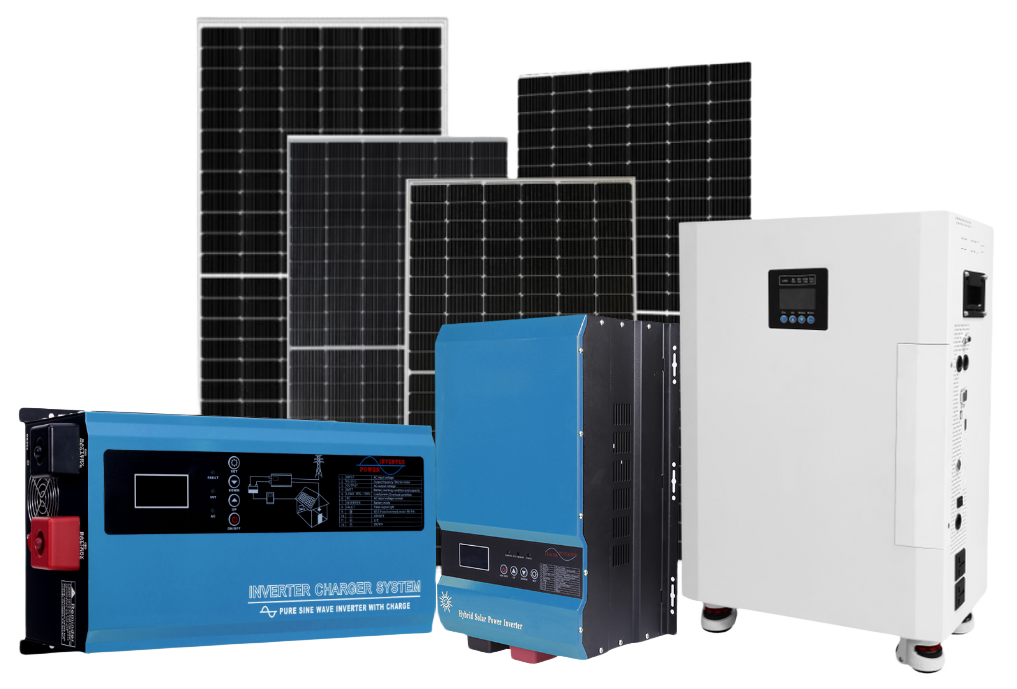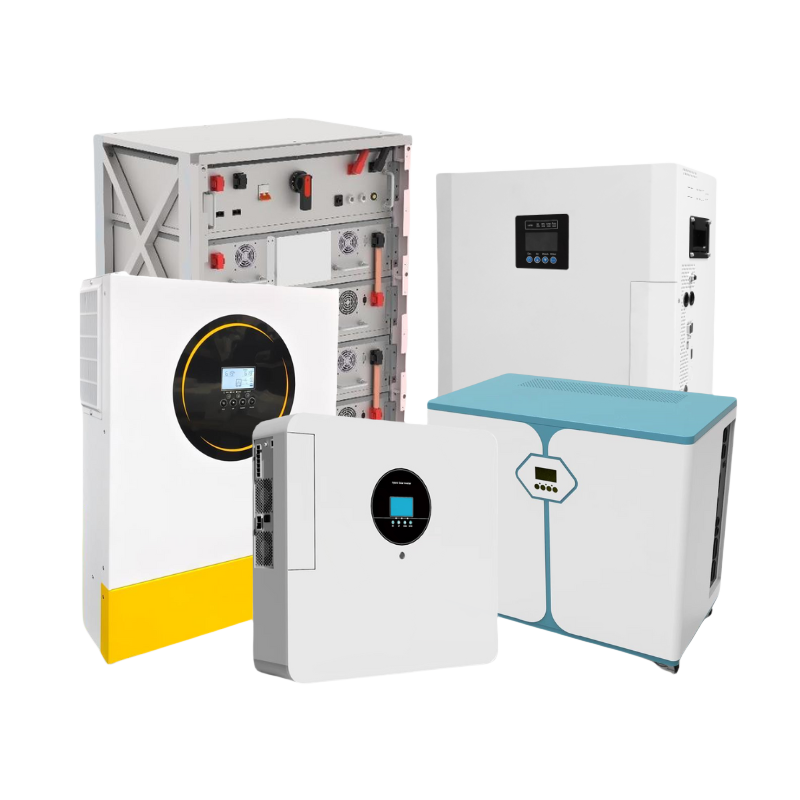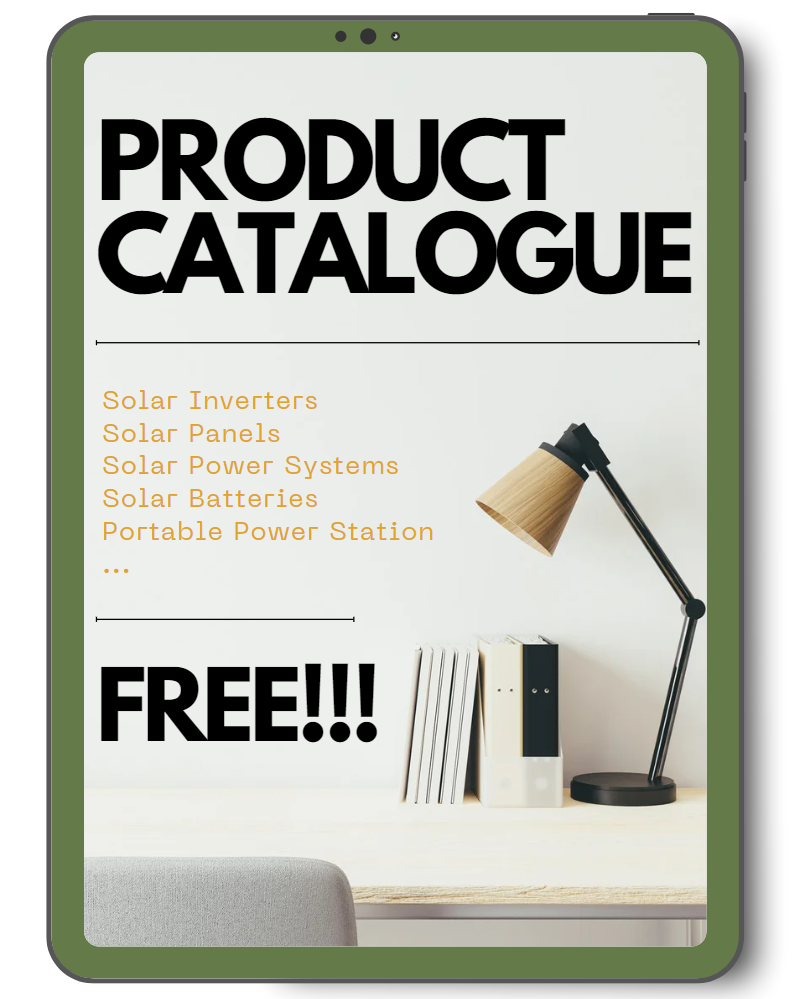One important aspect of planning and designing a household solar power plant is understanding the concept of load, which refers to the amount of electrical demand that a solar power system must meet. Specifically, the minimum load of a household solar power plant is a critical factor in determining the size and capacity of the system.
In this article, we will explore what minimum load is, why it matters, how it impacts the design of a solar power system, and how you can calculate it for your household.
1. Understanding Load in the Context of Solar Power Systems
1.1 What is Load?
In the context of electricity, “load” refers to the total power consumption or demand placed on the electrical system by appliances, devices, and other electrical equipment in a household.
Load is typically measured in watts (W) or kilowatts (kW). In a solar power system, the load is the amount of electricity that needs to be generated by the system to meet the household’s needs.
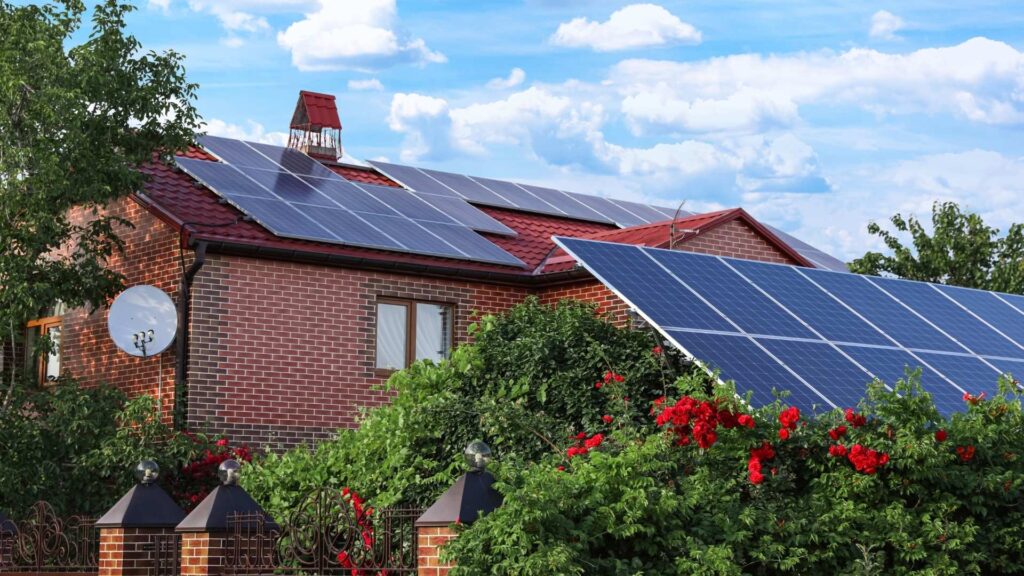
1.2 Minimum Load
The minimum load of a household solar power plant refers to the smallest amount of electrical demand that the solar system must be capable of supplying.
This is particularly important when considering the system’s capacity to provide energy during times when solar energy generation is low, such as during cloudy days or at night.
The minimum load ensures that the solar power plant can meet essential household energy needs even during these low-generation periods.
2. Factors Influencing Minimum Load
Several factors influence the minimum load of a solar power plant, including:
- Household Size and Energy Usage
The number of people in the household and the types of appliances they use will directly affect the minimum load. A larger household with more devices and appliances will have a higher minimum load.
- Types of Appliances
The types of appliances used in the home have varying energy demands. For example, a refrigerator, air conditioner, washing machine, and lighting will contribute differently to the household’s load.
- Solar Panel Efficiency
The efficiency of the solar panels used in the system will impact how much energy is generated, which in turn affects the minimum load the system needs to support.
- Energy Storage (Batteries)
If the system includes battery storage, it can supply power during non-sunny hours or periods of high demand. This storage system can reduce the minimum load that needs to be supplied by the solar panels themselves.
- Climate and Weather Conditions
The amount of sunlight available depends on geographic location, time of year, and weather conditions. For example, areas with frequent cloudy days may require a higher capacity solar system to meet the minimum load.

3. The Importance of Minimum Load in Solar System Design
3.1 Solar System Sizing
The minimum load plays a crucial role in determining the size of the solar power system.
A system that is too small may not be able to meet the minimum load, leading to power shortages during high-demand times. On the other hand, an oversized system might result in wasted energy generation and higher installation costs.
Therefore, understanding the minimum load helps in selecting a system that is appropriately sized for the household’s needs.
3.2 Grid Connection and Backup Power
In many households, solar power systems are connected to the electrical grid, allowing them to draw power from the grid when solar energy is insufficient. However, for households with off-grid systems or those seeking energy independence, the minimum load becomes even more critical, as the system must be designed to provide all the power required, including during low generation periods.
A battery backup system can help by storing excess energy generated during the day for use at night or on cloudy days, ensuring that the minimum load is always met.
3.3 Cost Efficiency
A well-designed system that accounts for the minimum load can help ensure cost efficiency. Installing a system that is too large for the load requirements results in unnecessary upfront costs, while a system that is too small may result in higher electricity bills if the household has to rely on grid power frequently.
By accurately calculating the minimum load, homeowners can ensure that they are investing in a solar power system that will meet their needs without excess expenditure.
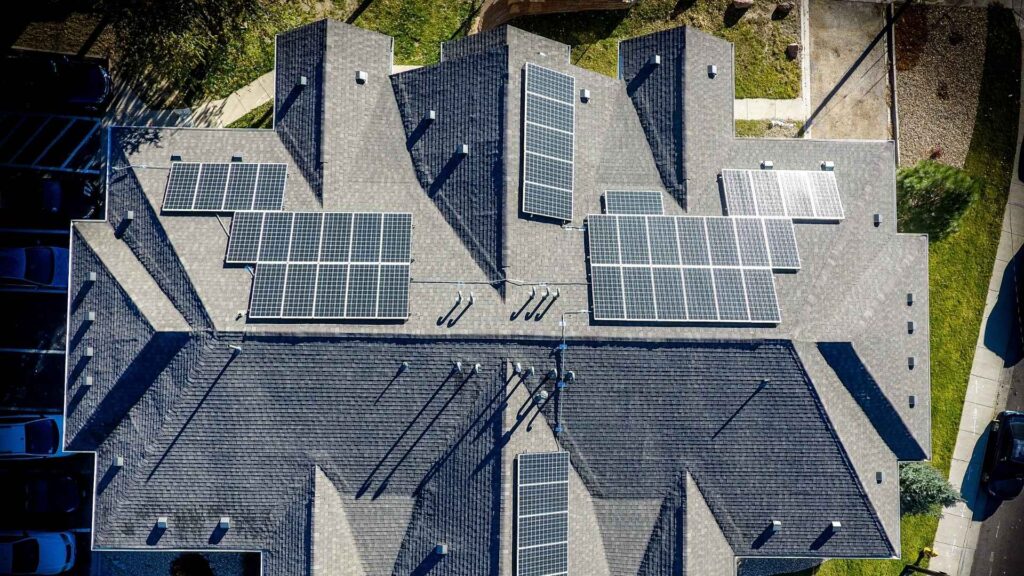
4. How to Calculate the Minimum Load of a Household Solar Power Plant
Step 1: Identify Energy Consumption
The first step in calculating the minimum load is to identify the household’s energy consumption. This involves determining the wattage of the appliances used in the home and how long each appliance is in use each day.
Some common household appliances and their approximate energy consumption are:
- Refrigerator: 150-800 watts
- Air conditioner: 1,000-2,000 watts
- Washing machine: 400-1,200 watts
- Dishwasher: 1,200-1,500 watts
- Lighting: 100-500 watts (depending on the number of bulbs and type)
- Television: 100-400 watts
- Microwave: 800-1,200 watts
To estimate the daily energy consumption, multiply the power consumption (in watts) by the hours of use per day, and convert the result to kilowatt-hours (kWh), which is the unit typically used for energy billing.
Step 2: Calculate Daily Energy Demand
Add up the energy consumption of all the appliances used in the household. This will give you the total daily energy demand in kWh.
For example, if you use a refrigerator that consumes 300 watts for 24 hours a day, and a washing machine that consumes 1,000 watts for 1 hour per day, the total energy demand for these two appliances would be:
- Refrigerator: 300W × 24 hours = 7,200Wh = 7.2 kWh
- Washing Machine: 1,000W × 1 hour = 1,000Wh = 1 kWh
Total daily energy demand = 7.2 kWh + 1 kWh = 8.2 kWh
Step 3: Consider Peak Demand
The minimum load is often based on the peak demand, which refers to the highest energy consumption at any given time. Peak demand occurs when multiple appliances are running simultaneously.
For example, if the refrigerator, air conditioner, and lights are all operating at the same time, the system needs to be able to handle the combined load.
Step 4: Determine System Size
Once the total energy consumption and peak demand have been determined, the size of the solar power system can be calculated.
A typical residential solar system ranges from 3 kW to 10 kW, depending on the energy demand of the household. The system should be able to supply at least the minimum load, with additional capacity for cloudy days or periods of high demand.
Step 5: Consider Battery Storage
If the household has battery storage, the minimum load calculation should account for the storage capacity required to meet the household’s energy needs during the night or on days with low sunlight.
The battery should be large enough to store enough energy to cover the minimum load during these periods.

Conclusion
Understanding the minimum load of a household solar power plant is a fundamental part of designing an efficient and cost-effective solar power system.
By carefully calculating the household’s energy demand and factoring in variables such as peak demand, battery storage, and solar panel efficiency, homeowners can ensure that their solar system meets their needs without unnecessary excess or shortages.
Properly sizing the system based on the minimum load also helps homeowners maximize their investment in solar energy, reduce their carbon footprint, and potentially save on electricity bills.
Related Articles
How to Extend the Lifespan of Solar Inverter
Step by Step Guide for Solar Panel Installation
How to Calculate Solar Panel Efficiency



















